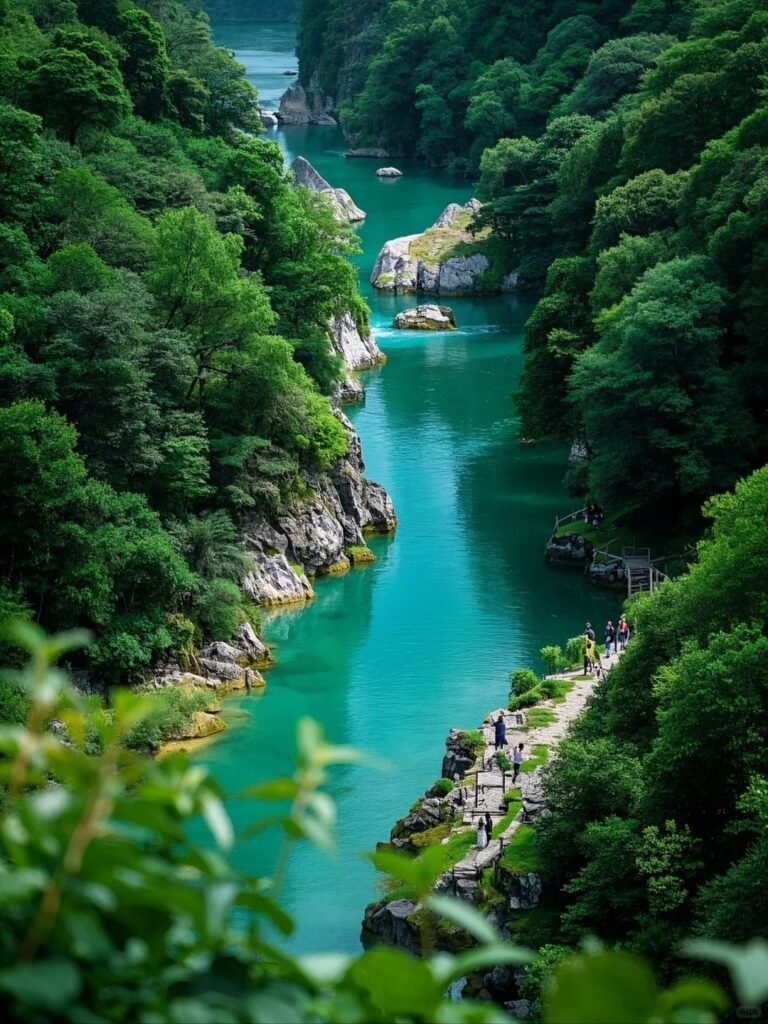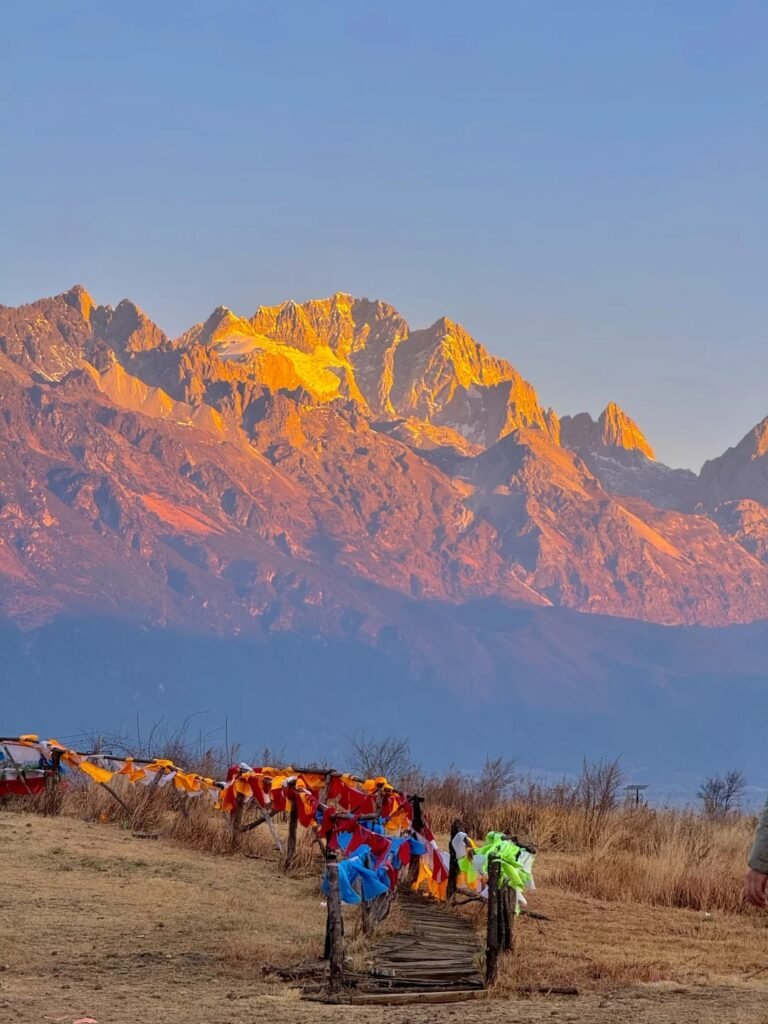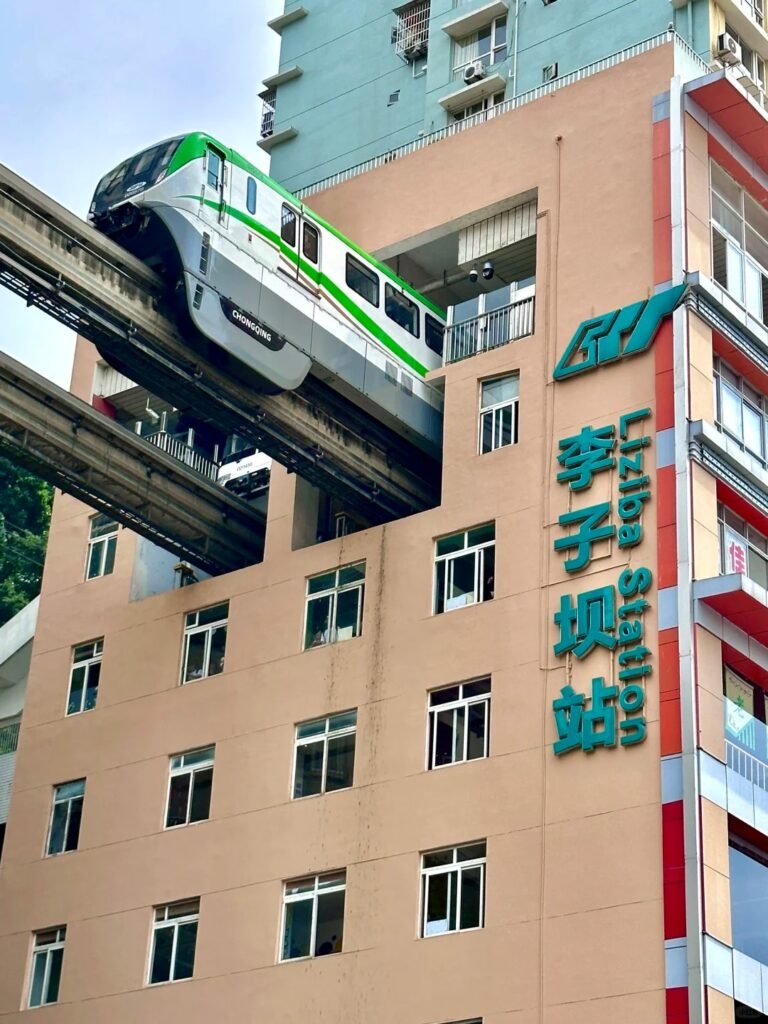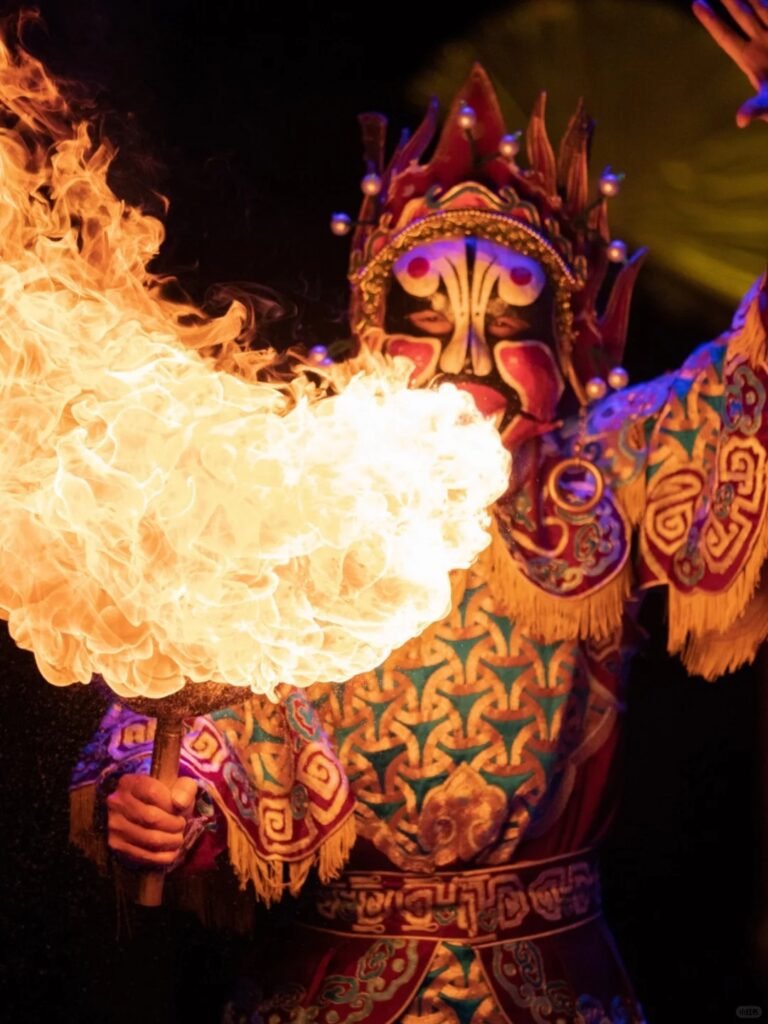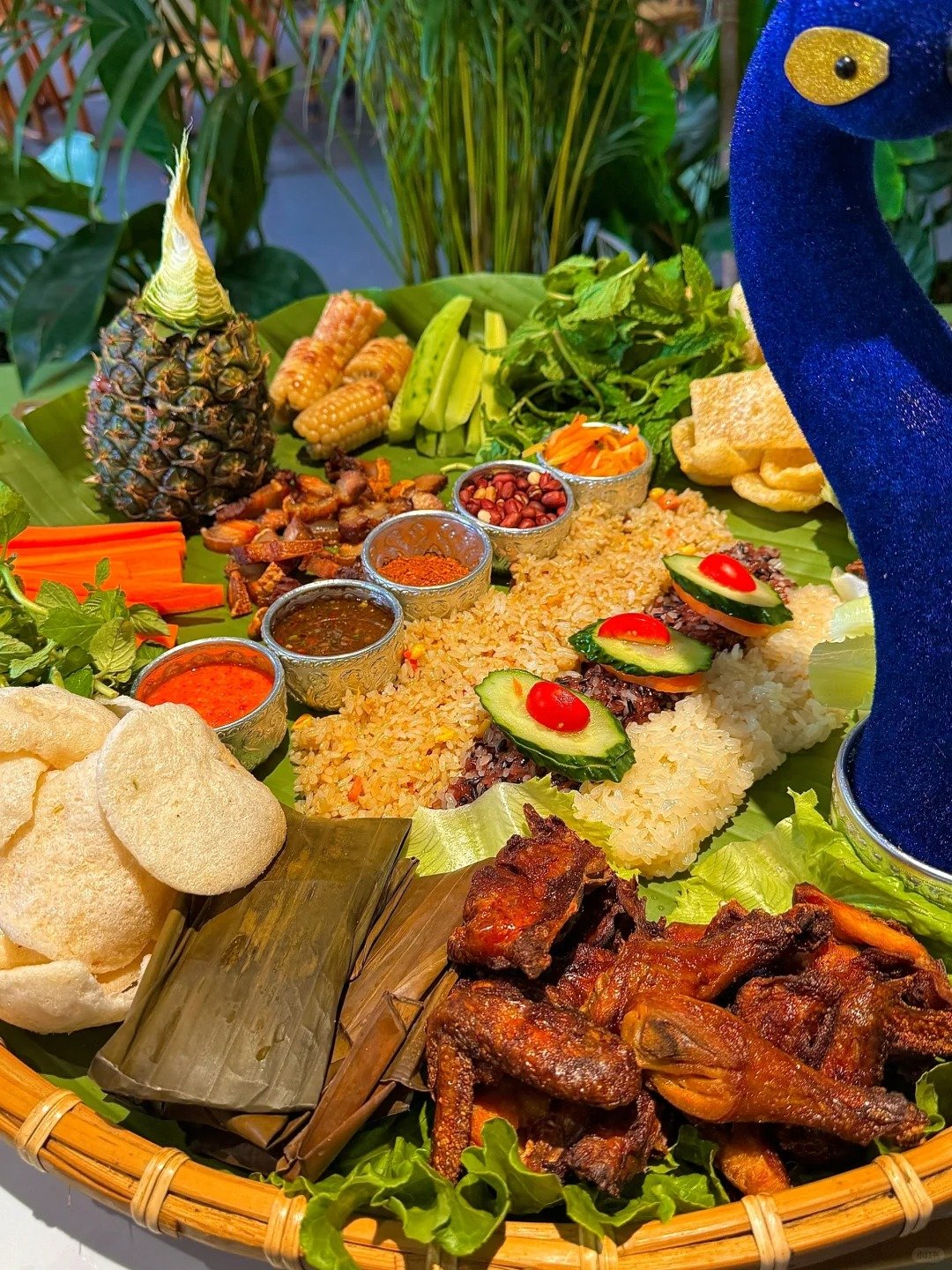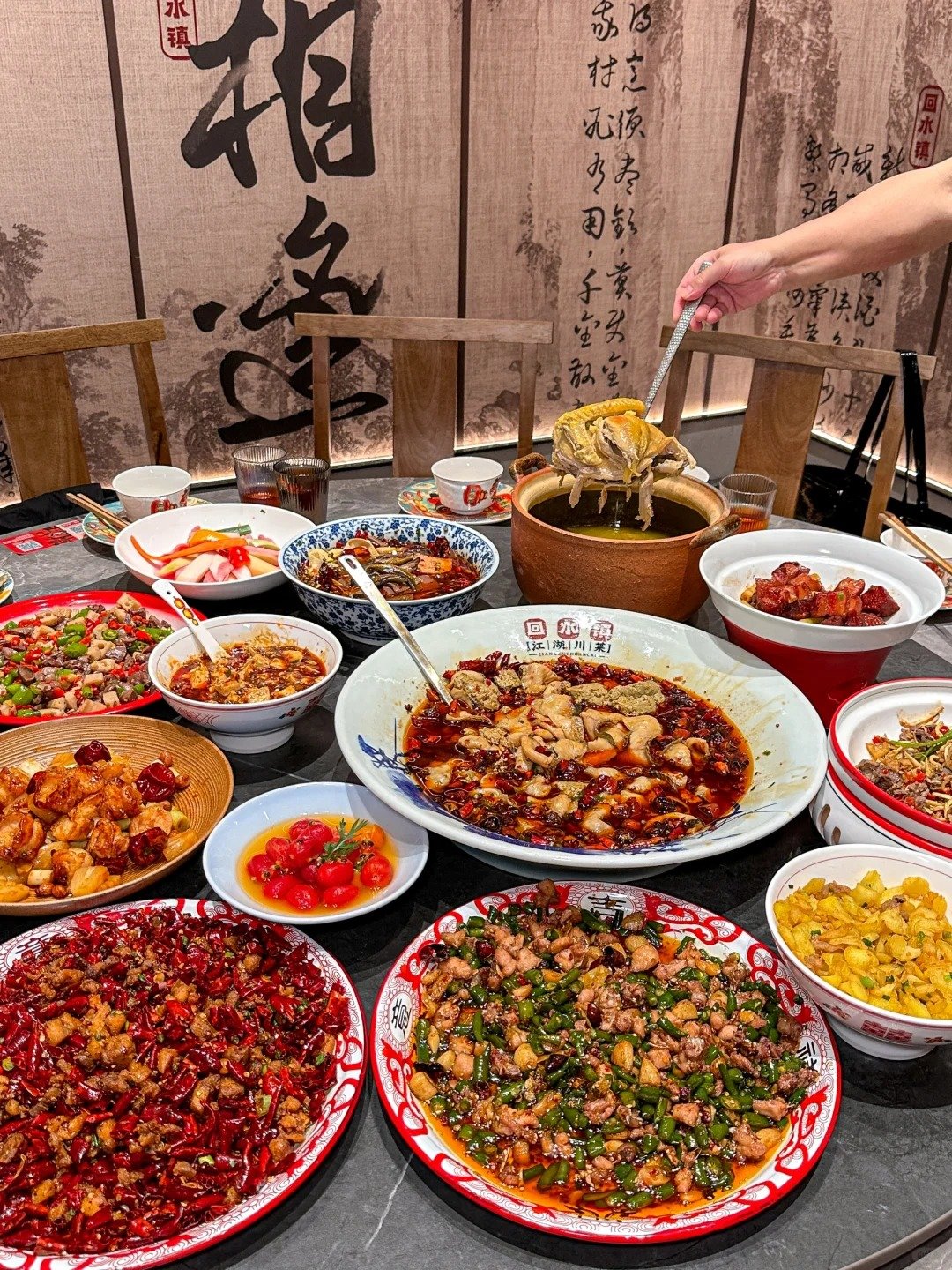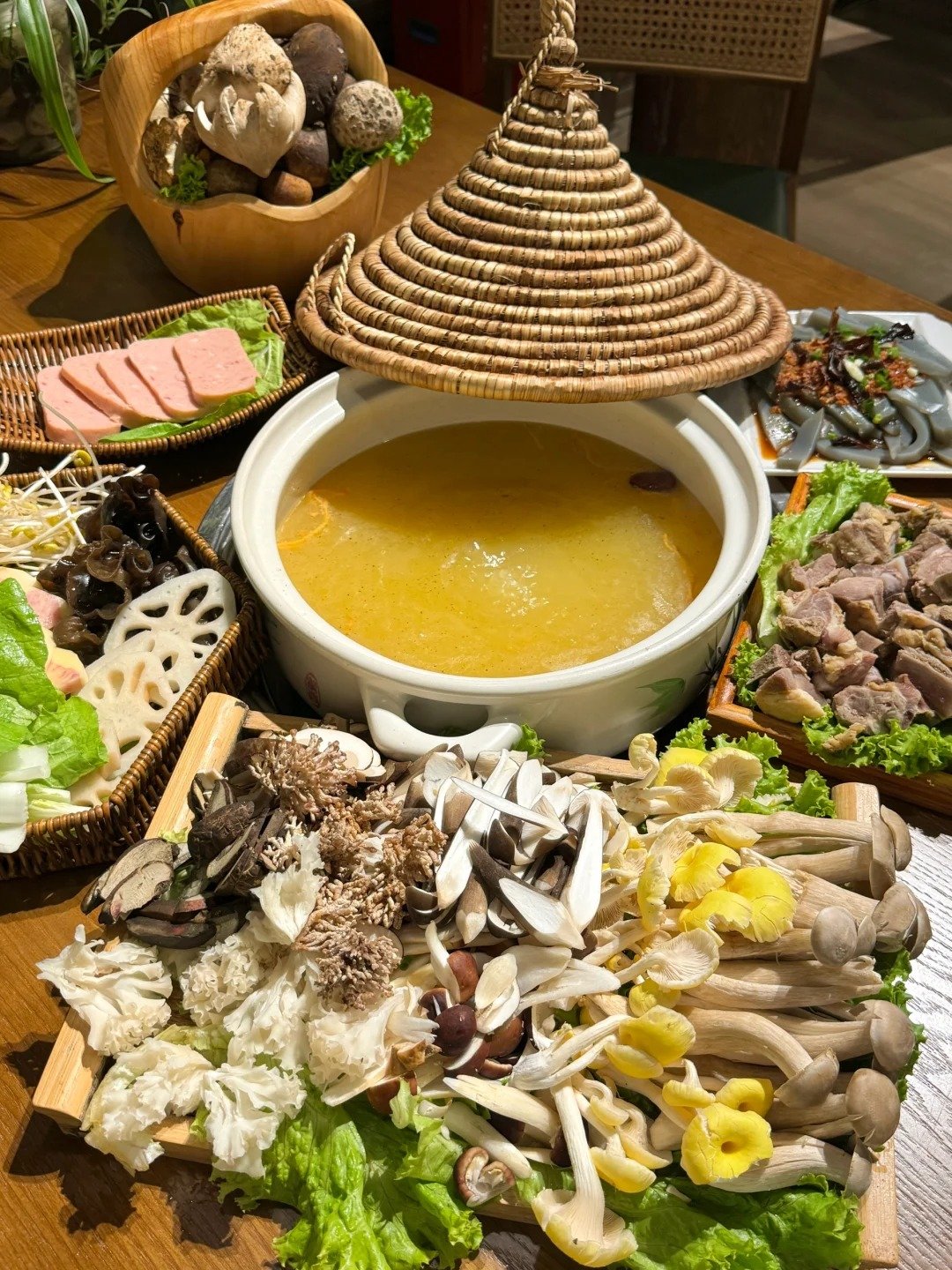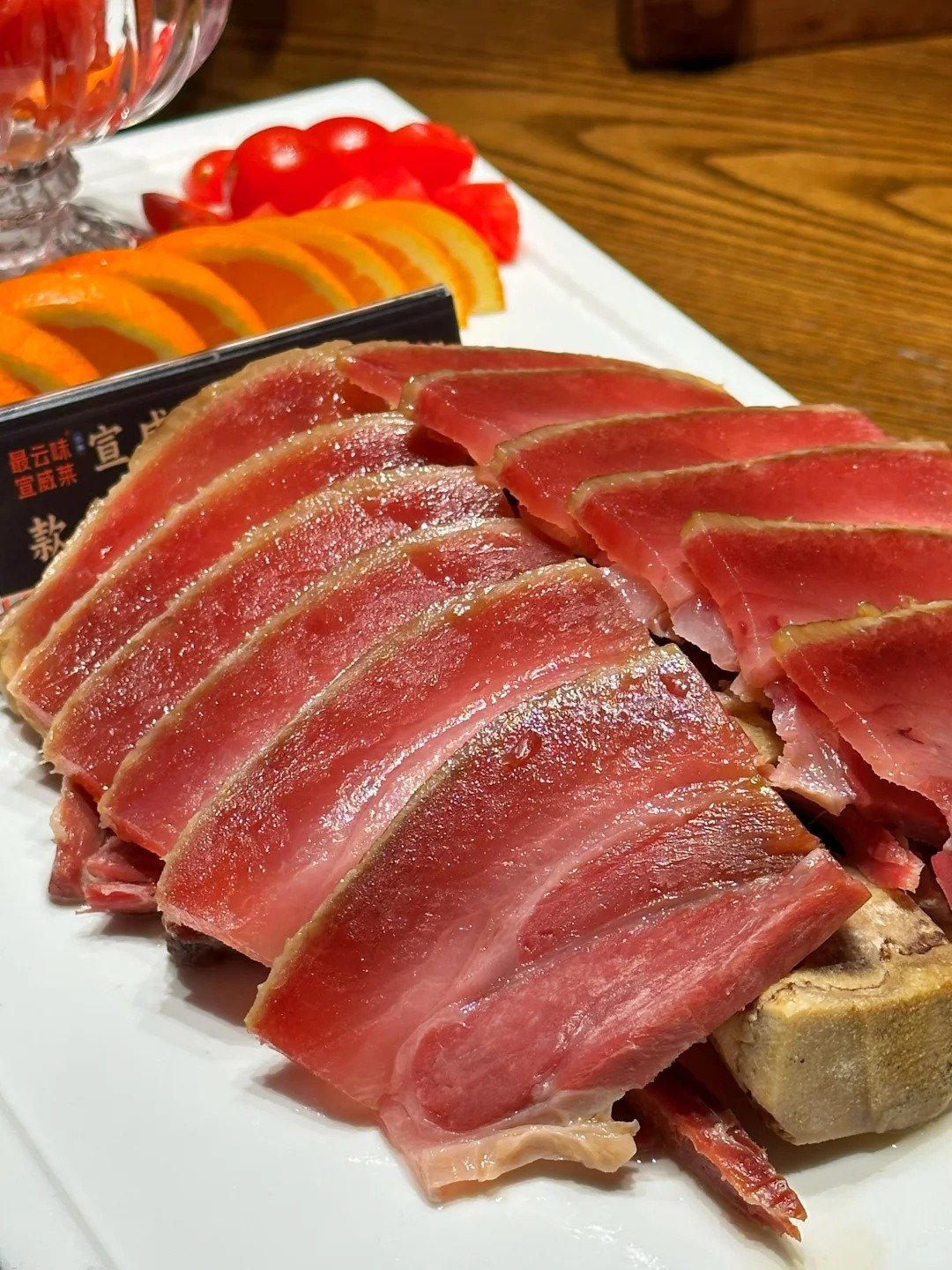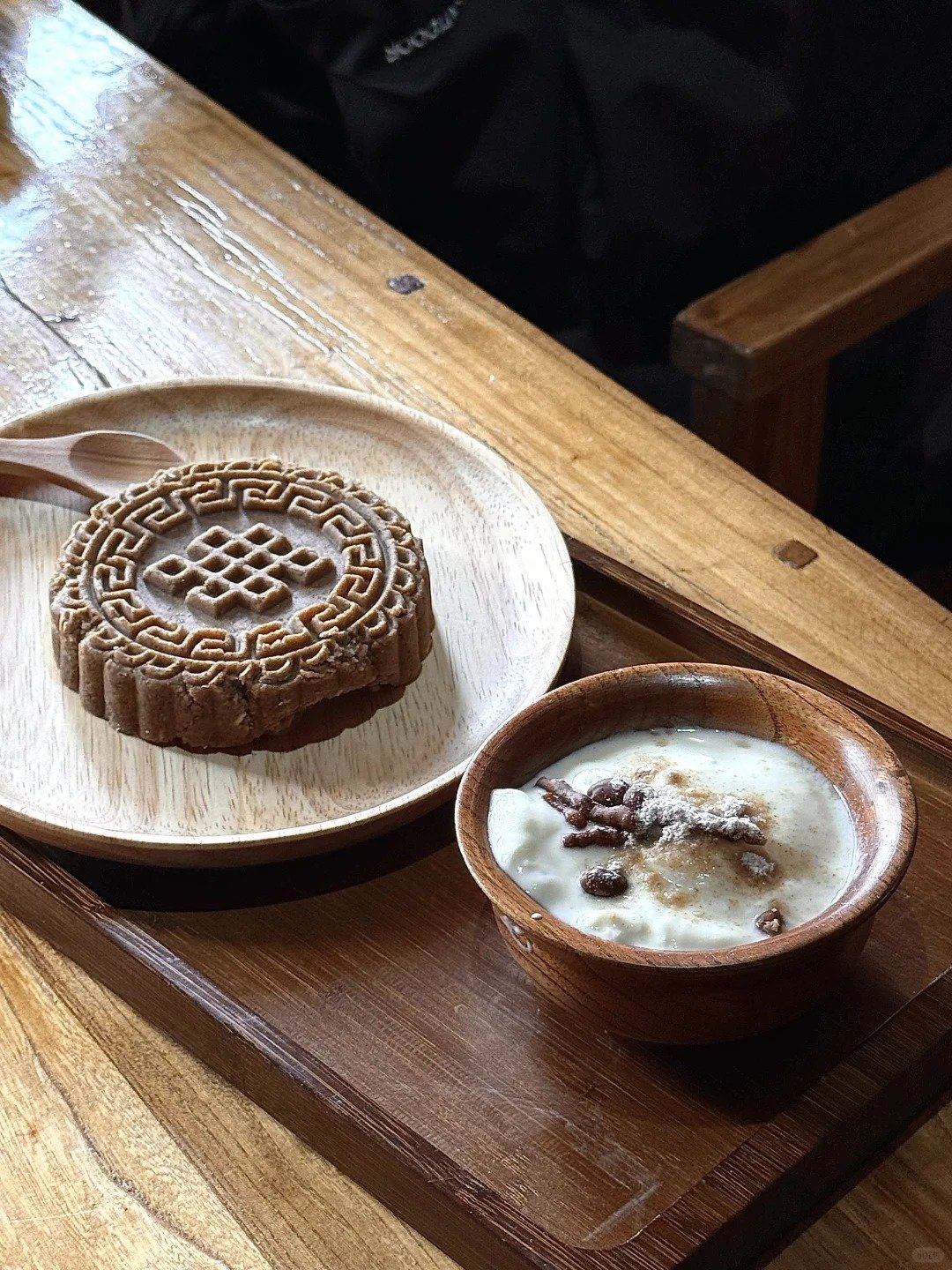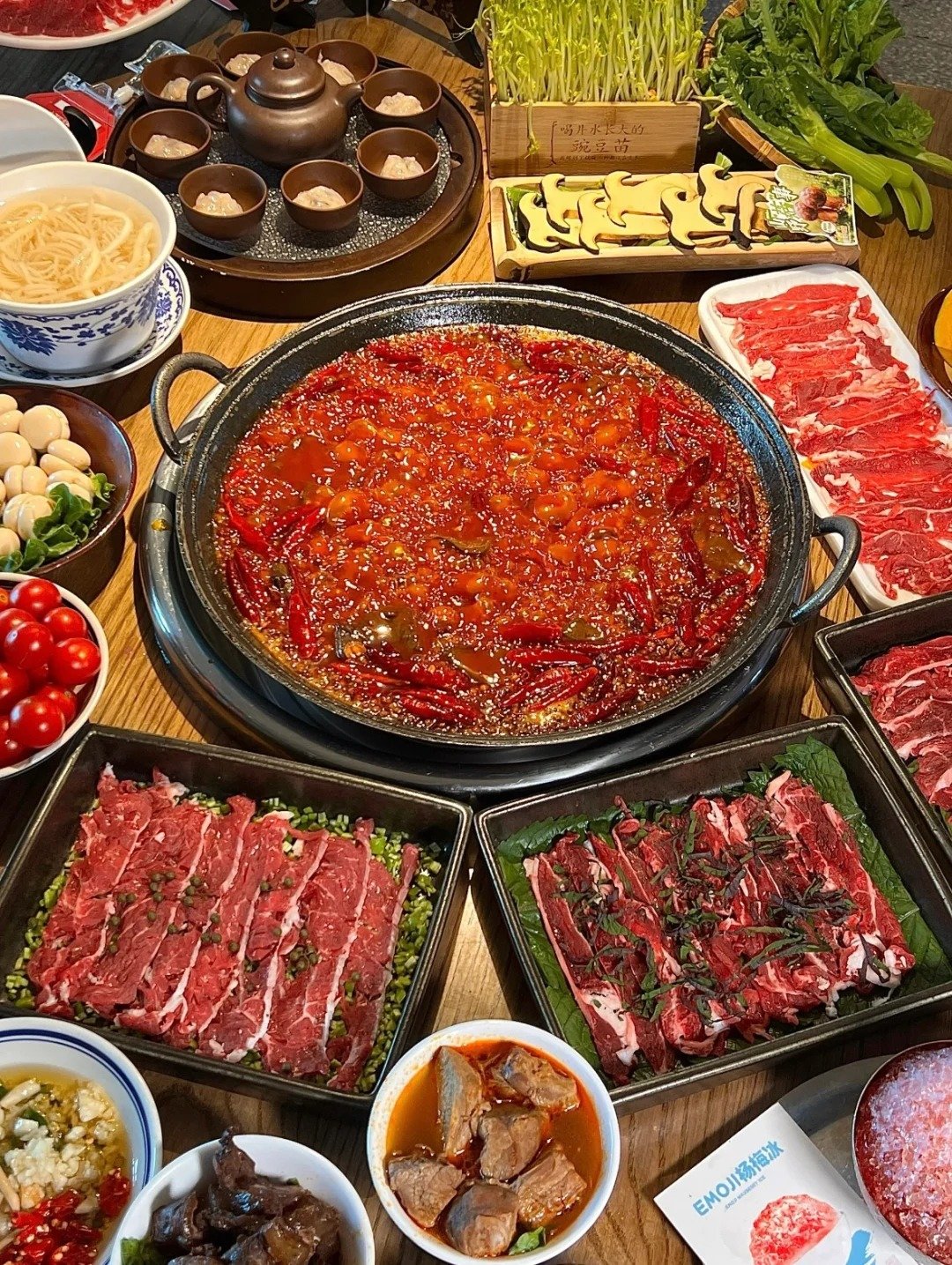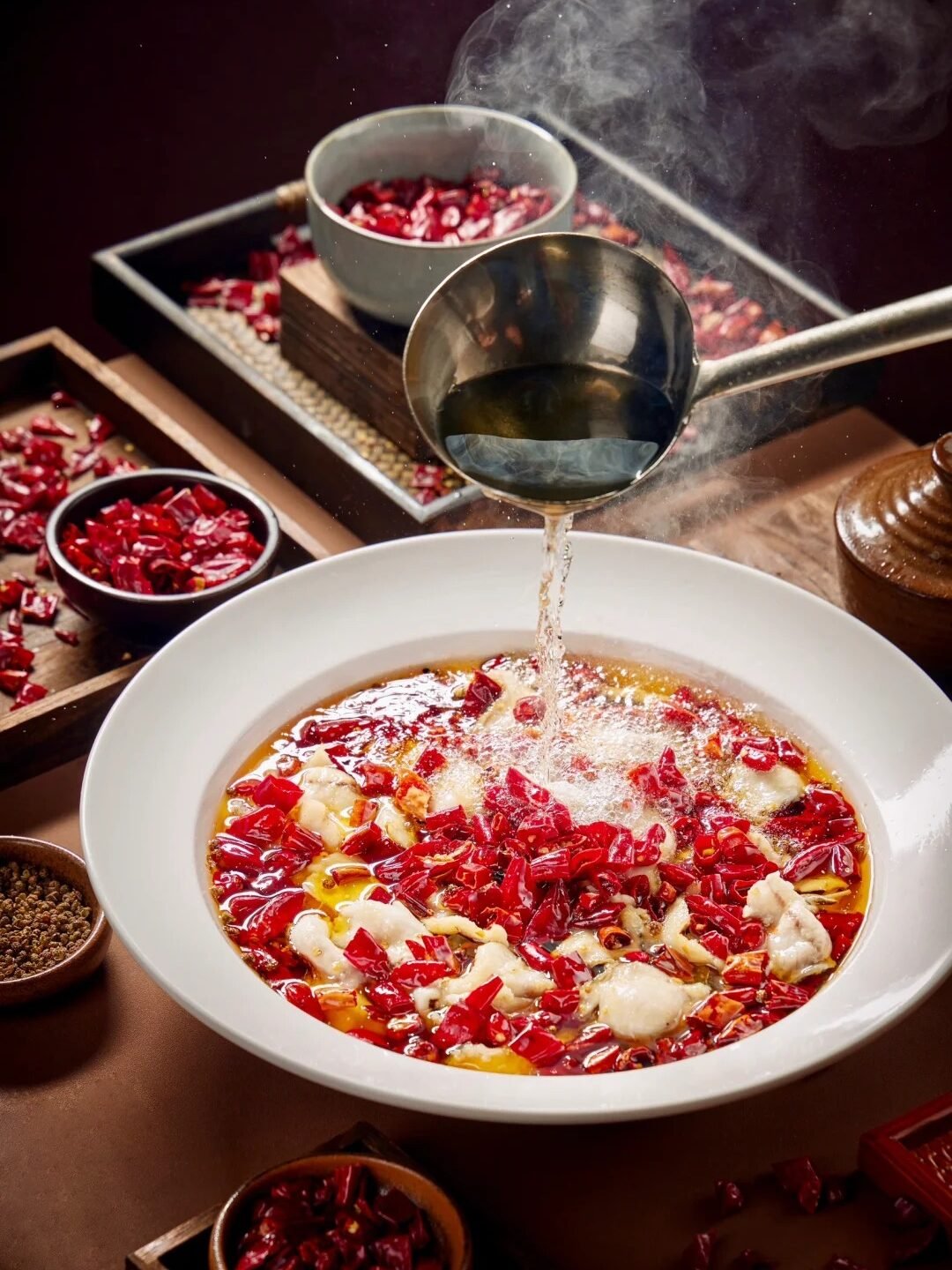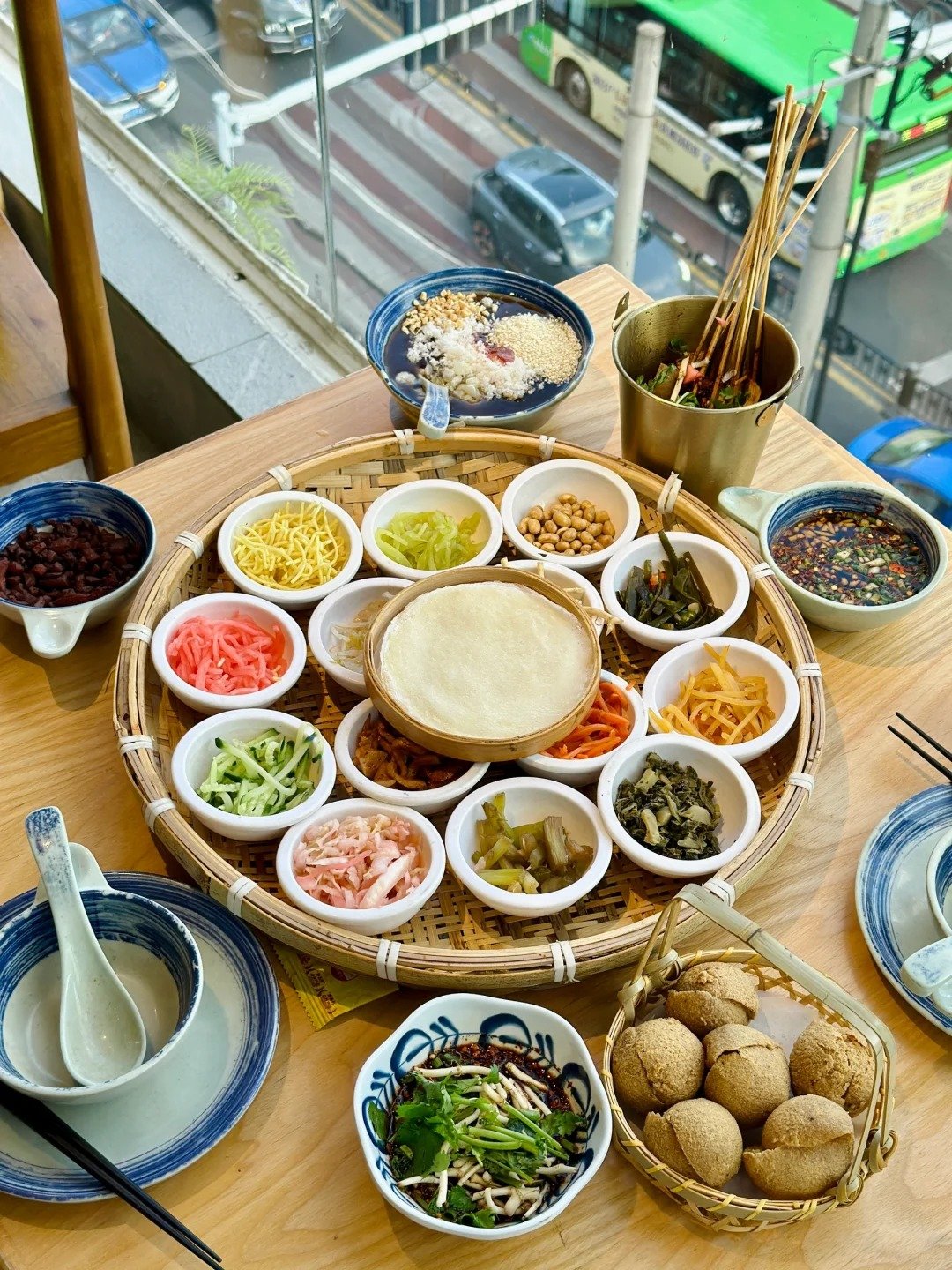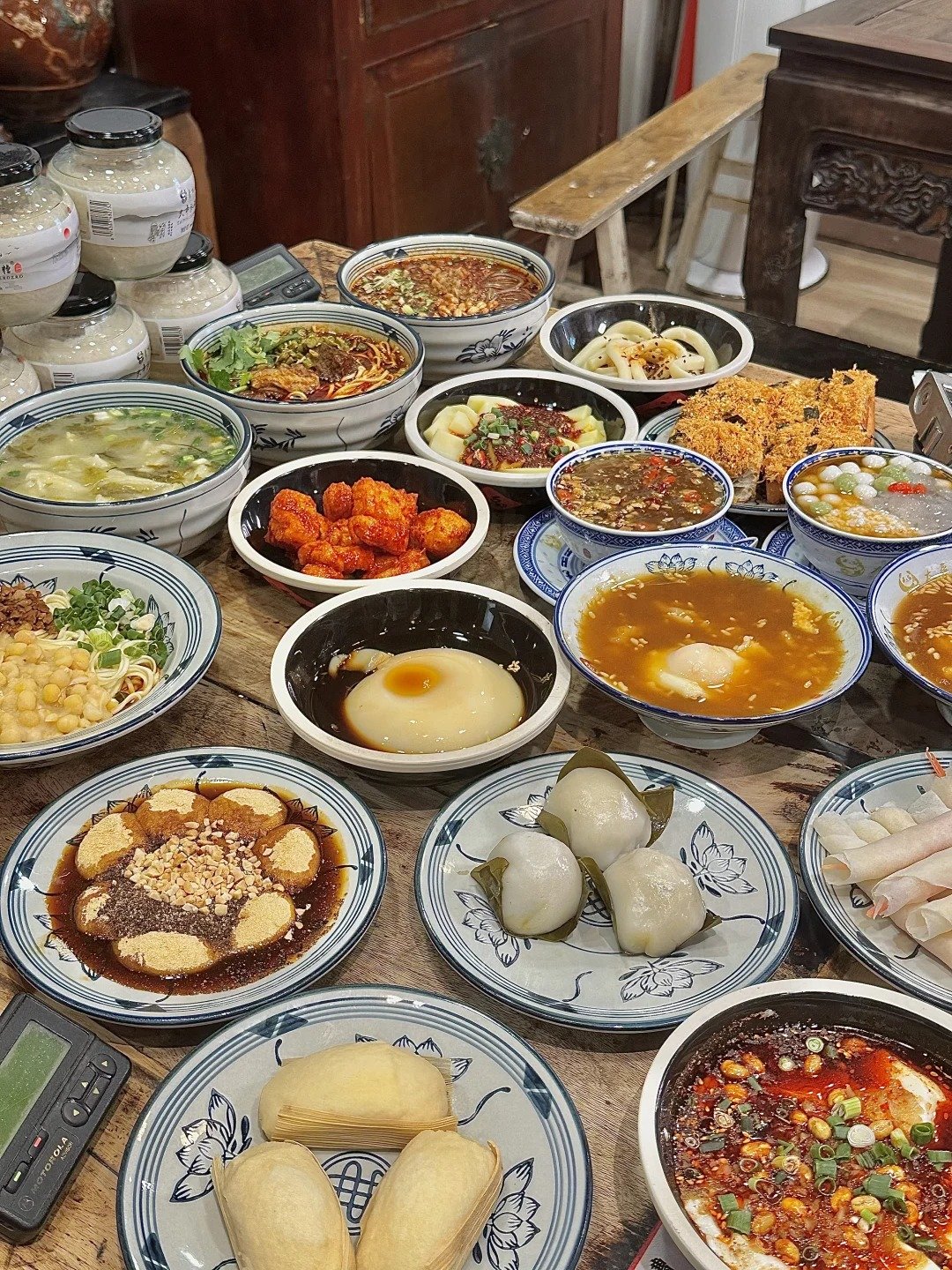
Oligo to Southwest China
From sacred snow mountains to lush rainforests—the ancient Tea-Horse Road winds through a land where cultures flourish.
Some numbers about
Southwest China
Main cities
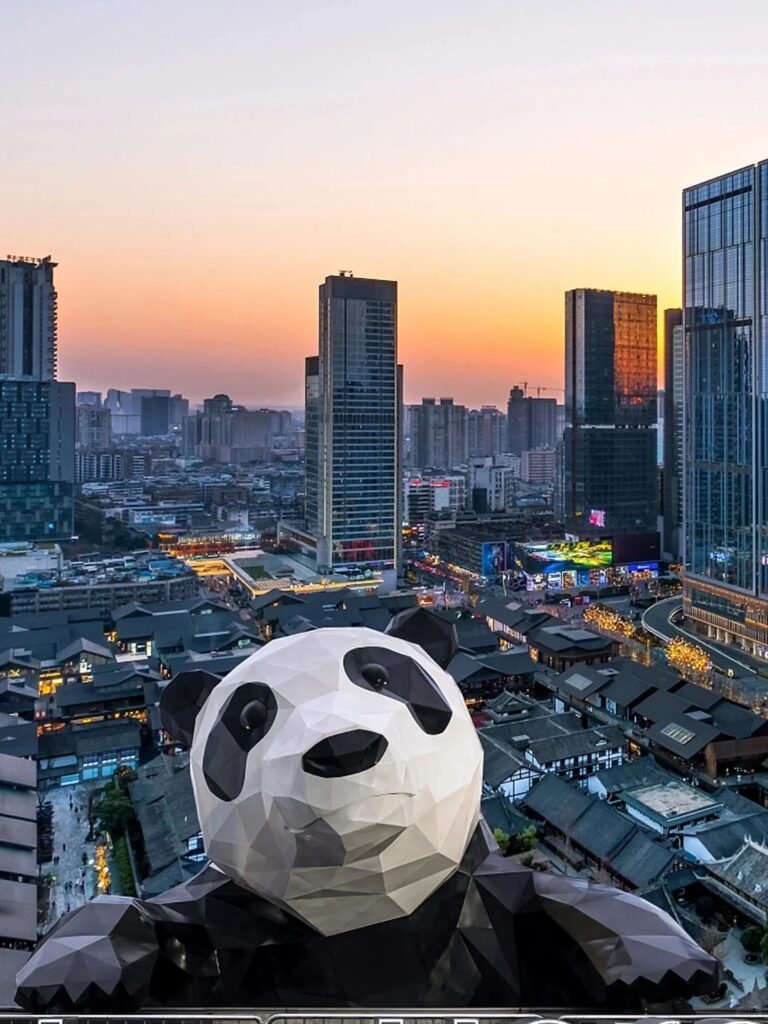
Chengdu
The capital of Sichuan Province, is a city steeped in history and serenity—known as the “Land of Abundance” and home to over 3,000 years of Shu civilization. Here, life begins in teahouses, where sipping tea is not just a habit, but a philosophy.

Chongqing
Chongqing, a directly governed municipality, is a city carved by mountains and rivers—a magical, multi-layered “8D Fog City” where the Yangtze and Jialing Rivers converge. Here, hot pot isn’t just food—it’s a way to feel alive.
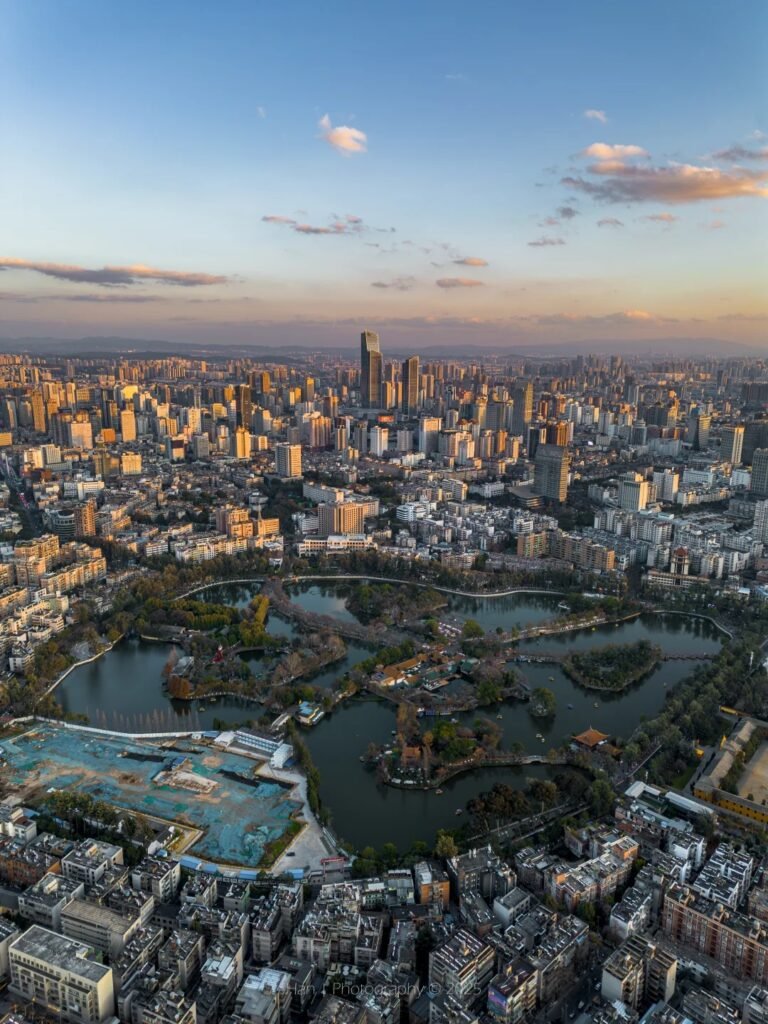
Kunming
Kunming, the capital of Yunnan Province, is a city where flowers bloom year-round and clouds drift lazily through the sky. Known as the “City of Eternal Spring,” it embraces the vibrant cultures of 26 ethnic groups.
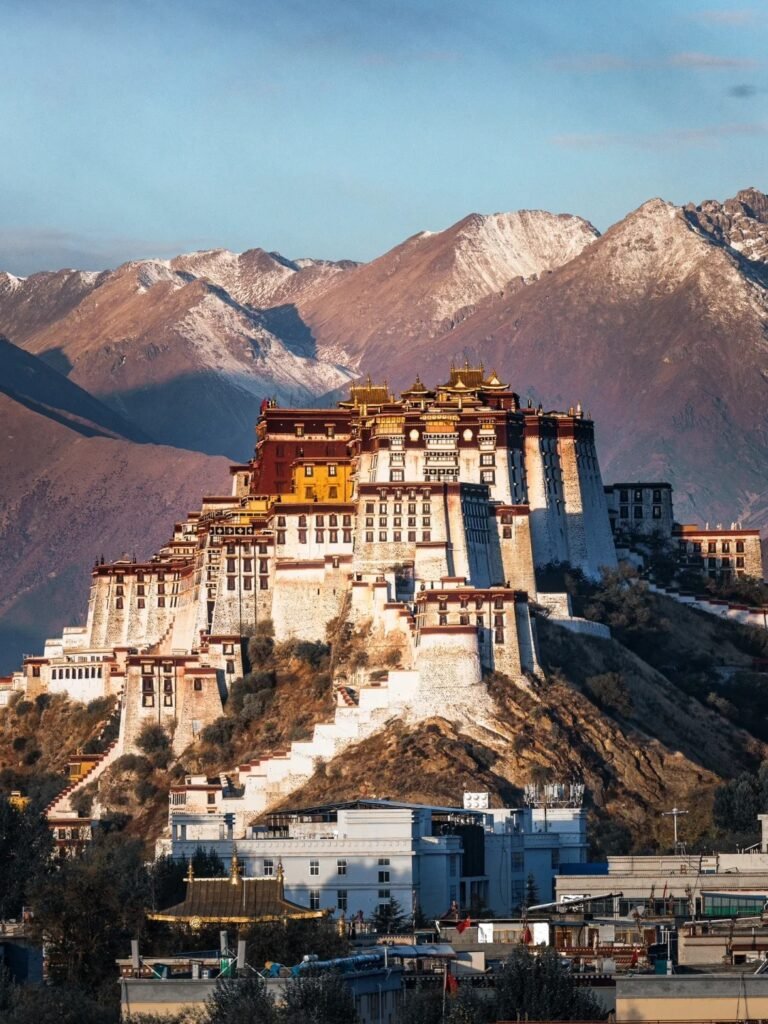
Lhasa
Lhasa, the capital of Tibet, is a city bathed in sunlight and steeped in devotion. The tranquil Lhasa River encircles the city, reflecting the golden rooftops of the Potala Palace that have shone for a thousand years. This city bears the epic legacy of the ancient Tubo Kingdom and the profound faith of Tibetan Buddhism—where prostrations before Jokhang Temple echo eternal reverence. In Lhasa, every wisp of rising incense becomes a path back to the soul—circumambulation here is not just ritual, but a journey of the spirit.
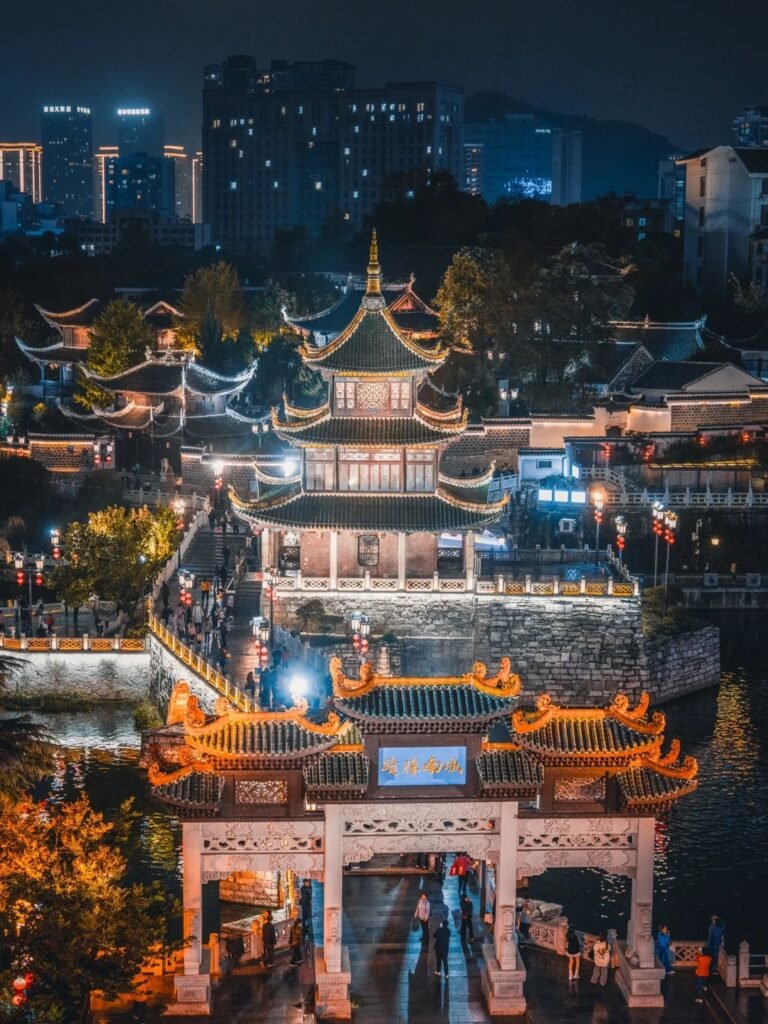
Guiyang
Guiyang, the capital of Guizhou Province, is a cool and vibrant city nestled among lush mountains. The Nanming River winds through its heart, sketching out a “forest city” atop the dramatic karst landscape. Here, the simplicity of the Miao people and the resilience of central Guizhou meet beneath the sweeping eaves of Jiaxiu Pavilion, where six centuries of history linger in silence. In Guiyang, every bite of sour fish soup carries the gifts of the wild—its tangy heat is more than just a flavor, it’s the temperament of the land itself.
About more information on Southwest China?
In the folds of the Hengduan Mountains lies the surreal heart of Southwest China—where myth and reality intertwine.
In Chengdu, a lid on a porcelain teacup hides the lightning-quick magic of face-changing opera. In Lijiang, cobbled alleys lead into the pictographic world of Dongba script. As Chongqing’s monorail threads through apartment buildings, fireflies dance in Wulong’s sinkholes, where scenes from Curse of the Golden Flower once came to life.
From the fiery nine-grid Sichuan hotpot to Yunnan’s dangerously delicious wild mushroom feasts, every bite tells a story. Prayer flags flutter from the golden roof of the Potala Palace, while the silver lattice of the FAST telescope stretches skyward in the hills of Guizhou. Here, the copper bells of ancient tea caravans echo alongside the sleek whistle of bullet trains on the China-Laos Railway.
Climb toward the Tibetan Plateau via the iconic G318 highway, or take the Chengdu–Guiyang high-speed rail through a forest of karst peaks. In a single day, you might inhale pine-scented smoke from a Tibetan village ritual, stroll through a moonlit bazaar by Dali’s Erhai Lake, and be caught in a banana-leaf downpour in the Wild Elephant Valley of Xishuangbanna.
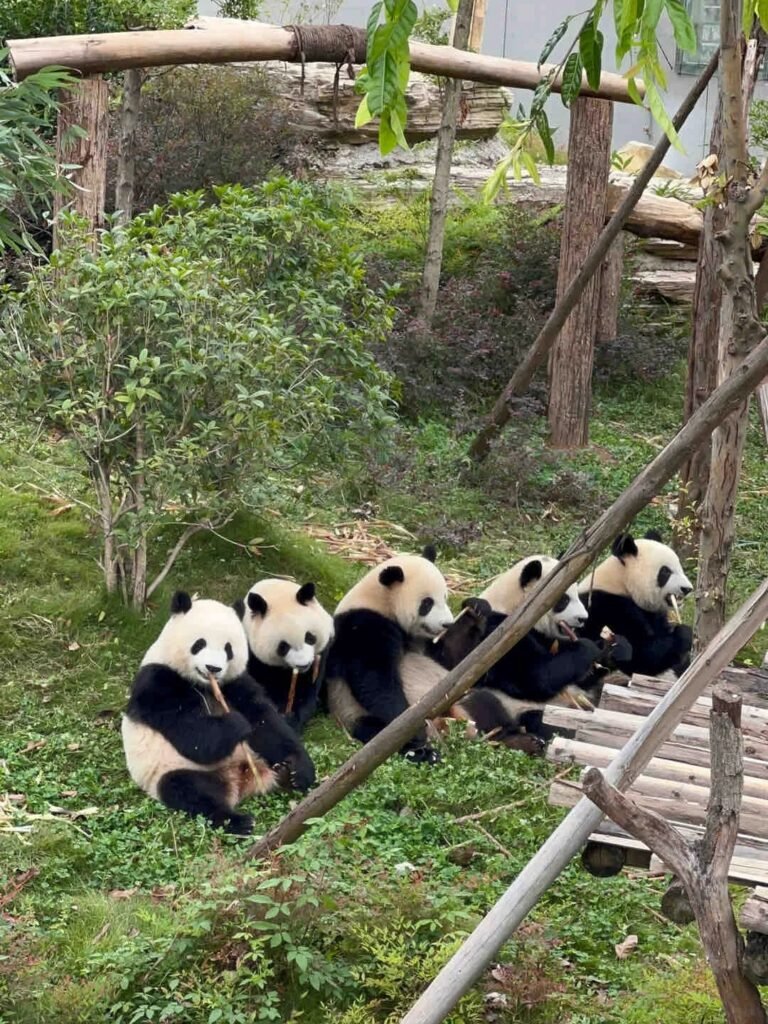
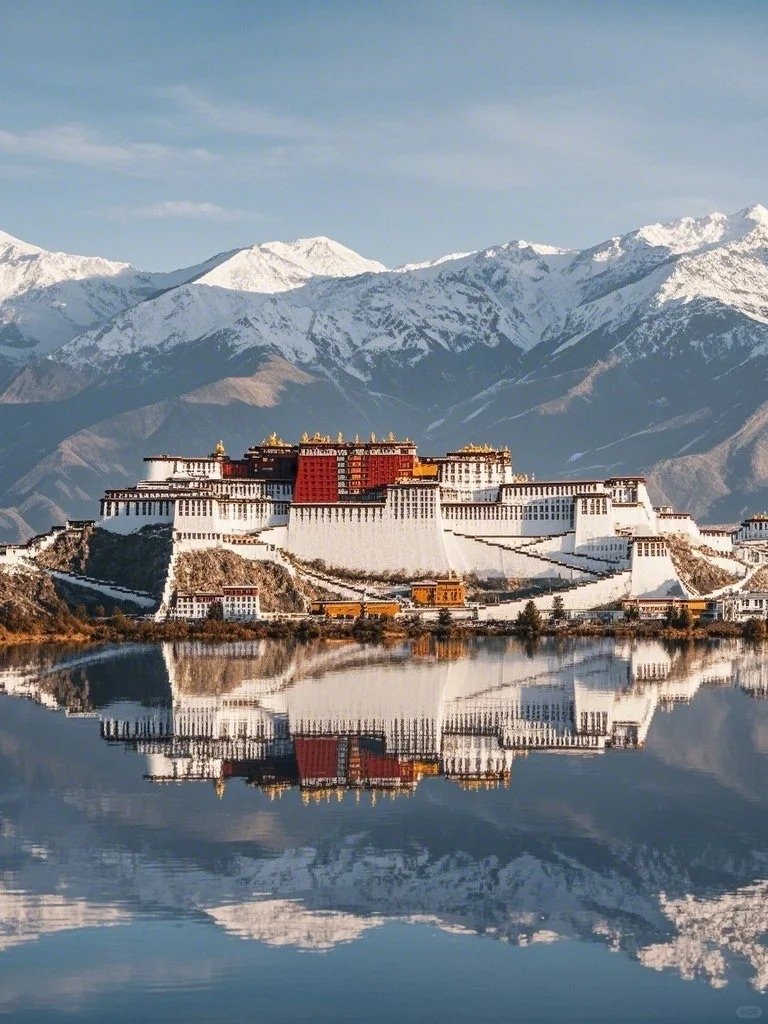
Scenery you can't miss
